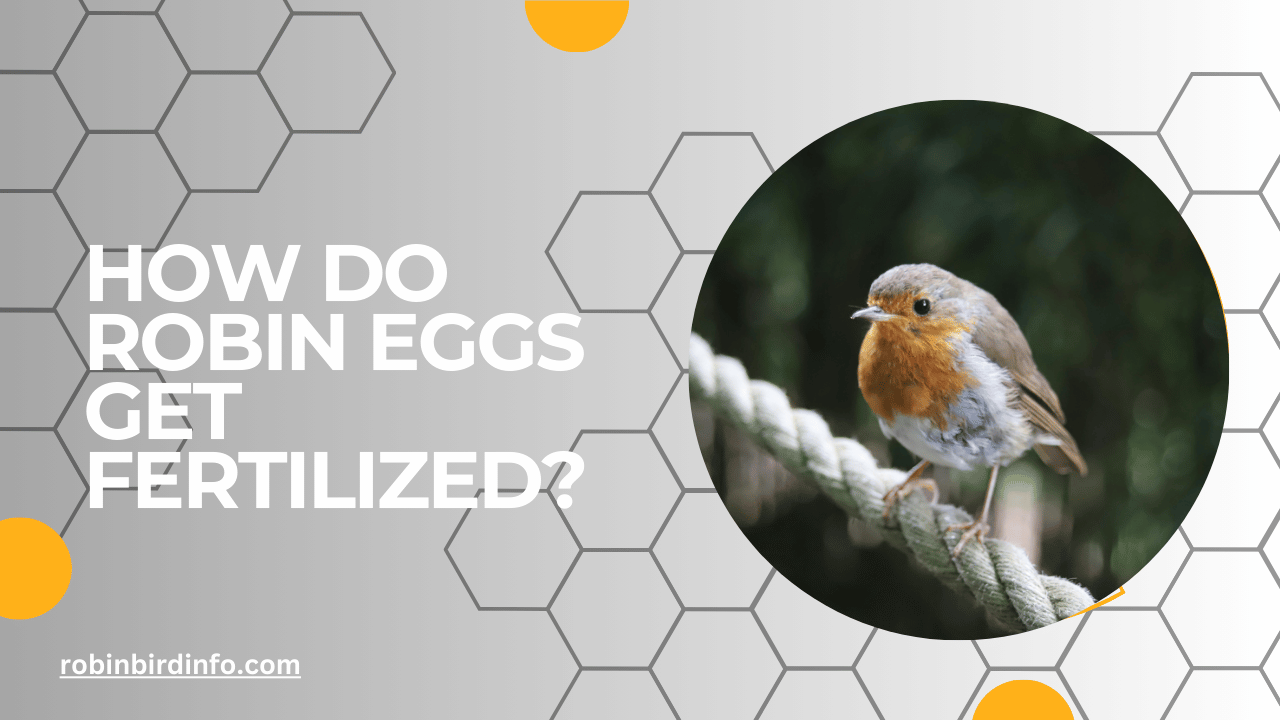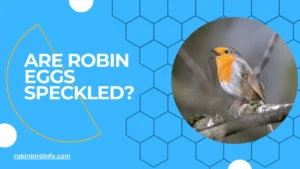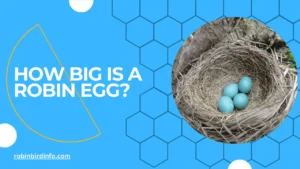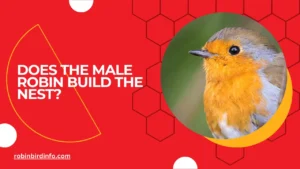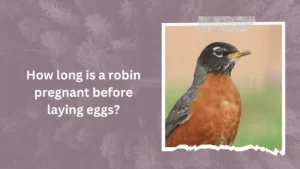Have you ever gazed upon a Robin’s nest, a tiny cup brimming with vibrant blue speckled treasures?
These seemingly insignificant eggs hold the key to the continuation of a fascinating avian dynasty. But how exactly do these beautiful eggs become fertilized, setting the stage for the next generation of cheerful songbirds?
The answer might surprise you. Unlike the elaborate courtship rituals and displays of some animal species, Robin fertilization involves a surprising blend of efficiency and biological wonder. Understanding this process delves deeper than just the mechanics of reproduction.
It sheds light on the complex social behaviors of Robins, their strategies for survival, and the delicate balance of the natural world.
So, grab a cup of coffee (or your favorite beverage!), settle in for a fascinating exploration of avian reproduction. We’ll uncover the secrets hidden within Robin courtship rituals, delve into the intricate dance of sperm and egg, and ultimately, unlock the mystery behind the creation of those captivating speckled treasures in the nest.
Contents
Section 1: Mating Behavior and Pair Bonding
Courtship Rituals: Male Robins often initiate courtship displays by singing elaborate songs to attract females. These songs can vary in complexity and intensity, and are used to communicate territory and mate quality. Once a female is attracted, the male may perform aerial displays, such as flying in circles or diving towards the ground.
Pair Bond Formation: If a female is receptive, she may respond to the male’s courtship displays. Pair bonds in Robins are often monogamous, and the pair will work together to raise their young.
Territorial Behavior: Male Robins are highly territorial, especially during the breeding season. They defend their territories to attract mates and secure resources for their offspring. Territorial displays, such as singing and aggressive posturing, are used to deter intruders.
Section 2: The Reproductive Anatomy of Birds
Male Reproductive System: Male birds have two testes that produce sperm. The sperm is stored in the seminal vesicles until it is released during copulation. The male reproductive tract also includes the vas deferens, which transports sperm to the cloaca, the common opening for the reproductive, digestive, and urinary tracts.
Female Reproductive System: Female birds have two ovaries, although only the left ovary is functional. The ovary produces eggs, which are released into the oviduct. The oviduct is a long, muscular tube where fertilization, albumen secretion, and shell formation occur.
Sperm Production and Storage: Sperm production in male birds is influenced by factors such as seasonal changes, hormonal levels, and environmental conditions. Sperm is stored in the seminal vesicles until it is needed for fertilization.
Section 3: The Mating Process
Copulation: The mating process in Robins involves a rapid and precise transfer of sperm from the male to the female. The male mounts the female, and they align their cloacas to facilitate sperm transfer.
Timing of Copulation: Copulation typically occurs multiple times before and after egg laying. The timing of copulation is influenced by various factors, including the female’s reproductive cycle and the availability of suitable nesting sites.
Sperm Competition: In some bird species, sperm competition can occur when multiple males mate with a single female. Sperm from different males may compete to fertilize the egg. However, in monogamous species like Robins, sperm competition is less likely.
Section 4: Egg Laying and Fertilization
Egg Formation: The process of egg formation begins in the ovary, where a yolk is produced. The yolk is then released into the oviduct, where it is surrounded by albumen and a shell. The shell provides protection for the developing embryo.
Fertilization Process: Fertilization occurs in the upper part of the oviduct, where sperm from the male fertilizes the egg. The fertilized egg, or zygote, then continues its development in the oviduct.
Egg Laying Behavior: Female Robins typically lay one egg per day until the clutch is complete. The number of eggs in a clutch can vary, but it is usually between three and five.
Section 5: Parental Care and Nestling Development
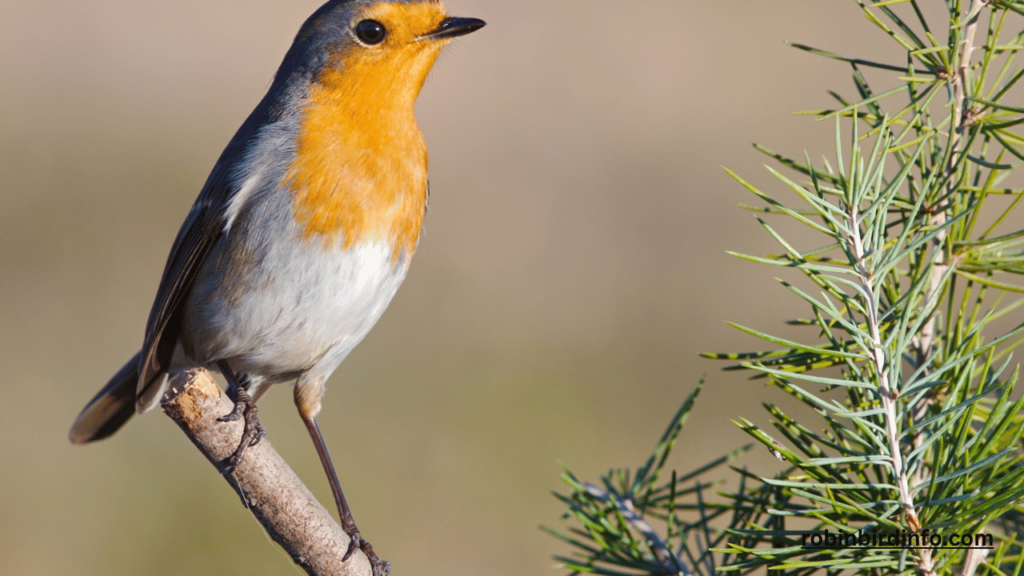
Incubation: Both male and female Robins share the responsibility of incubating the eggs. They take turns sitting on the eggs to keep them warm and protect them from predators.
Hatching and Early Development: After the incubation period, the eggs hatch, and the young Robins, called nestlings, emerge. Nestlings are altricial, meaning they are born helpless and require parental care.
Parental Care: Both parents work together to feed and protect the nestlings. They bring food, such as insects and worms, to the nest and regurgitate it for their young. As the nestlings grow, they become more active and eventually fledge the nest.
Conclusion
The fertilization of Robin eggs is a fascinating process that involves a complex interplay of biological and behavioral factors. By understanding the mating behavior, reproductive anatomy, and fertilization process of Robins, we can gain a deeper appreciation for the intricate mechanisms that ensure the survival of these beloved birds.
FAQ’s
How long does it take for a Robin egg to hatch?
It typically takes around 12-14 days for a Robin egg to hatch.
Do both male and female Robins incubate the eggs?
Yes, both male and female Robins share the responsibility of incubating the eggs. They take turns sitting on the nest to keep the eggs warm.
What color are Robin eggs?
Robin eggs are typically a beautiful blue color with dark speckles.
How many eggs do Robins typically lay in a clutch?
Robins usually lay 3-4 eggs per clutch.
What happens if a Robin egg is removed from the nest?
If a Robin egg is removed from the nest, it is unlikely to survive. The egg needs to be incubated at a specific temperature and humidity to develop properly.
Can a Robin lay infertile eggs?
Yes, Robins can lay infertile eggs. This can occur if the eggs are not fertilized by sperm during the mating process.

